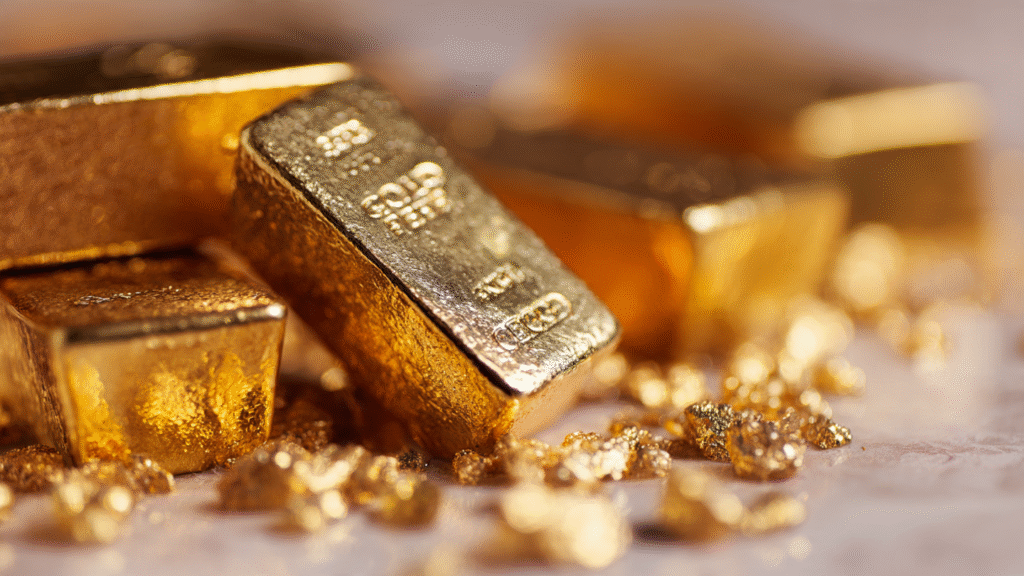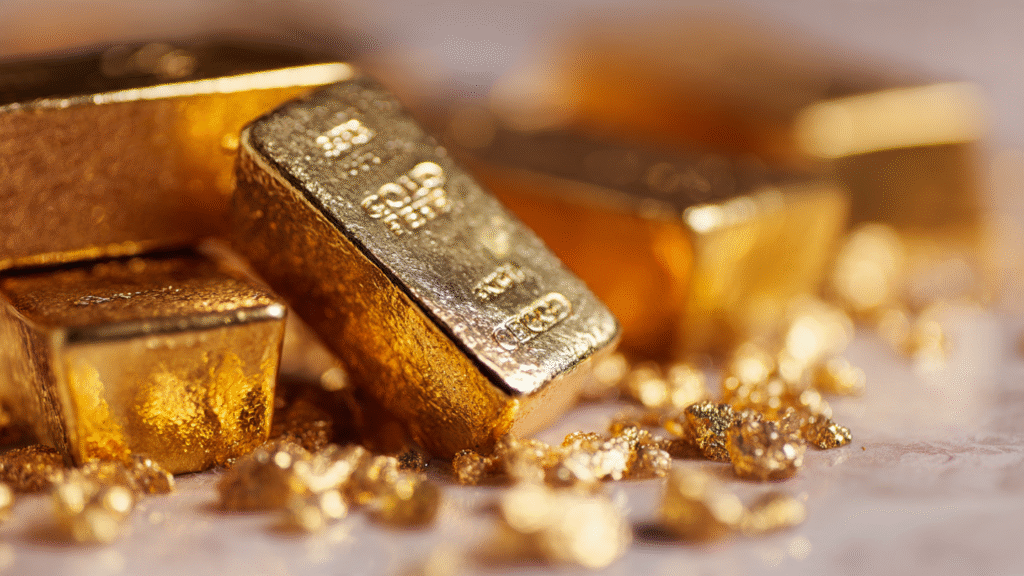
Gold has been valued for thousands of years, but not all gold is genuine. With fake jewelry, plated coins, and counterfeit chains on the market, many people search for ways to test authenticity. If you’re asking how to tell if gold is real, the good news is that there are reliable methods you can use at home and professional tests offered by jewelers.
This guide explains how to check if gold is real at home, how to recognize pure gold jewelry, the best ways to test gold, and what experts use to confirm authenticity.
Why People Need to Check Gold Authenticity
Gold is expensive, so counterfeit products are common. People often ask:
◉ Why is my chain changing color?
◉ Does real gold stick to a magnet?
◉ How to test gold with vinegar or lighter?
◉ How to check hallmark stamps on gold?
Knowing how to identify real gold jewelry protects your money and helps you avoid scams. It also lets you understand the purity of what you already own.
How to Check if Gold Is Real at Home
If you don’t want to go straight to a jeweler, try these simple tests to check gold authenticity.
◉ Magnet test for gold: Real gold is not magnetic. If your jewelry sticks to a strong magnet, it likely contains other metals.
◉ Scratch test for gold: Rub the gold lightly on an unglazed ceramic plate. Real gold leaves a golden streak, while fake gold leaves black or gray marks.
◉ Density test for gold: Genuine gold is dense. Drop it in water and compare its weight-to-volume ratio with standard gold density.
◉ Vinegar test: Place a drop of vinegar on the gold. If it changes color, it’s fake. Real gold stays the same.
◉ Lighter test: Heat the piece with a lighter for a minute. Fake gold often darkens or melts, while real gold keeps its shine.
These methods give quick results, but for full accuracy, professional testing is recommended.
How to Know if Gold Is Pure
Purity is measured in karats. The higher the karat, the purer the gold.
◉ 24K gold: Pure gold, soft, bright yellow
◉ 22K gold: 91.6% pure
◉ 18K gold: 75% pure
◉ 14K gold: 58.5% pure
◉ 10K gold: 41.7% pure
Look for karat markings (10k, 14k, 18k, 22k, 24k) on your jewelry. These are often stamped on the inside of rings or clasps of chains. If your item has no stamp, use other tests.
How Jewelers Test Real Gold
Professional jewelers have advanced gold purity testing methods that are more accurate than home tricks.
◉ Acid test for gold: Jewelers apply nitric acid. Fake gold reacts by changing color, while real gold remains unaffected.
◉ Electronic gold tester: Uses conductivity to confirm if the metal is genuine.
◉ XRF machines: Advanced scanners that read gold content without damaging the piece.
◉ Hallmark verification: Jewelers inspect hallmark stamps on gold to confirm authenticity.
These methods provide certainty when home tests seem unclear.
How to Spot Fake Gold Chains and Jewelry
Fake jewelry often looks convincing. Here are signs of counterfeit gold jewelry:
◉ Discoloration on the skin after wearing
◉ Fading of gold coating
◉ Missing or fake hallmark stamps
◉ Lightweight compared to real gold
◉ Magnet attraction
◉ Cheap price compared to real market value
If your chain or ring shows these issues, it’s likely fake or plated.
Best Way to Test Gold at Home Safely
People ask: what is the best way to test gold at home? The safest and most effective methods include:
◉ Vinegar test: Quick, non-damaging.
◉ Magnet test: Easy and safe.
◉ Ceramic scratch test: Reliable, but leaves a small mark.
◉ Water density test: Accurate but requires weighing tools.
The best way is to combine two or three tests for more reliable results.
Common Myths About Testing Gold
Some popular ideas about gold testing are misleading.
◉ Biting gold: While old coins were tested by bite, modern fake gold can be soft too.
◉ Color test alone: Fake gold is often plated with a gold layer to look real.
◉ Weight test alone: Some fakes are weighted to mimic real density.
These myths highlight the need for multiple testing methods.
FAQs on How to Tell if Gold Is Real
Q: How to check if gold is fake without a kit?
Use a magnet, vinegar, or ceramic plate.
Q: Does real gold stick to a magnet?
No. Real gold is not magnetic.
Q: What is the acid test for gold?
Jewelers use nitric acid. Real gold stays unchanged, fake gold reacts.
Q: How to test gold with vinegar at home?
Drop vinegar on the piece. Fake gold changes color. Real gold stays the same.
Q: What’s the most accurate test?
Professional testing with acid or electronic gold testers gives the most reliable results.
Conclusion
Learning how to tell if gold is real helps you avoid scams and know the true value of your jewelry. At home, you can try the magnet test, vinegar test, scratch test, or density test. For certainty, jewelers use acid tests, hallmark checks, and electronic machines.
The key is to use multiple methods and stay informed. Whether you’re checking a chain, ring, or coin, these tests give you confidence in your gold’s authenticity and purity.
